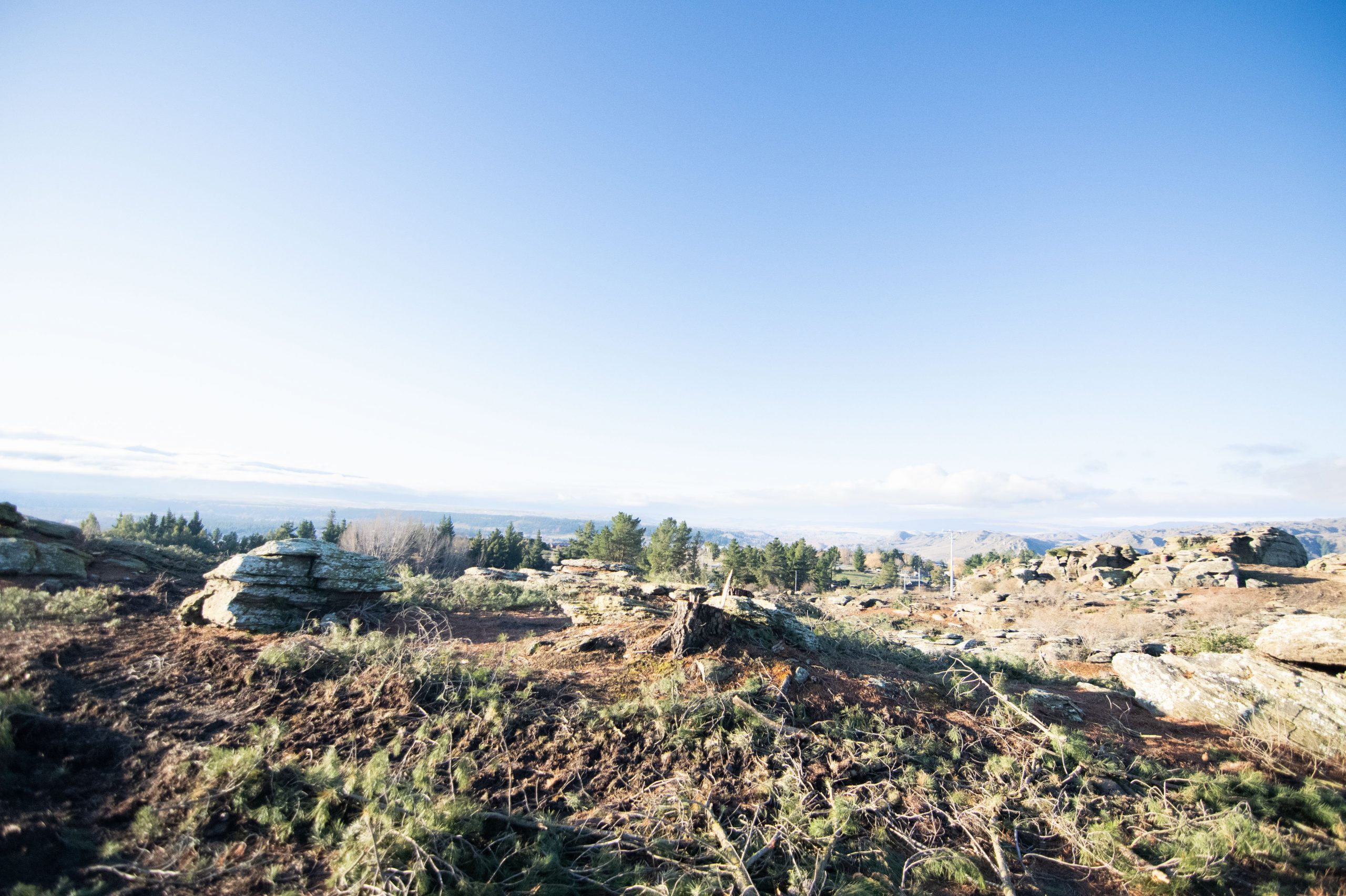Rigorous debate has surrounded Alexandra’s Half Mile Recreational Reserve. For some, it has been a place to escape, to adventure and walk. But the reserve also represented a larger issue Central Otago faces — the spread of wilding pines. The site was identified as a seed source for wilding pines spreading over the hills around Alexandra. The axe fell on the contentious conifers last month — with felling revealing an open expanse, unique rock formations and heritage significance. However, questions remain about the cleanup, with opponents raising concerns the reserve has not been left in a usable state. On two separate occasions, The News walked the reserve with those on both sides of the issue. Allied Press cadet reporter Ruby Shaw reports.
WHAT a difference a month makes.
Walking through the Half Mile Recreation Reserve, it’s hard to believe it was ever covered with pines, save for the remnants of felling which remain.
The site blends with the wider landscape as if it was always that way.
For 30 years, archaeologist Matthew Sole has photographed the area downwind of the Half Mile and witnessed the spread of wilding pines.
It was a ‘‘serious problem’’ that was growing, alongside the associated costs to remove them.
People looked at arid landscape and incorrectly assumed the area had low biodiversity, he said.
‘‘That’s the unique thing about Central Otago — what people don’t get — is they look out on this landscape and they see schist and tussock and they think that’s the extent of it.
‘‘In actual fact, on a per square metre basis, [it] is richer than under a beech forest — Central’s pretty unique.’’
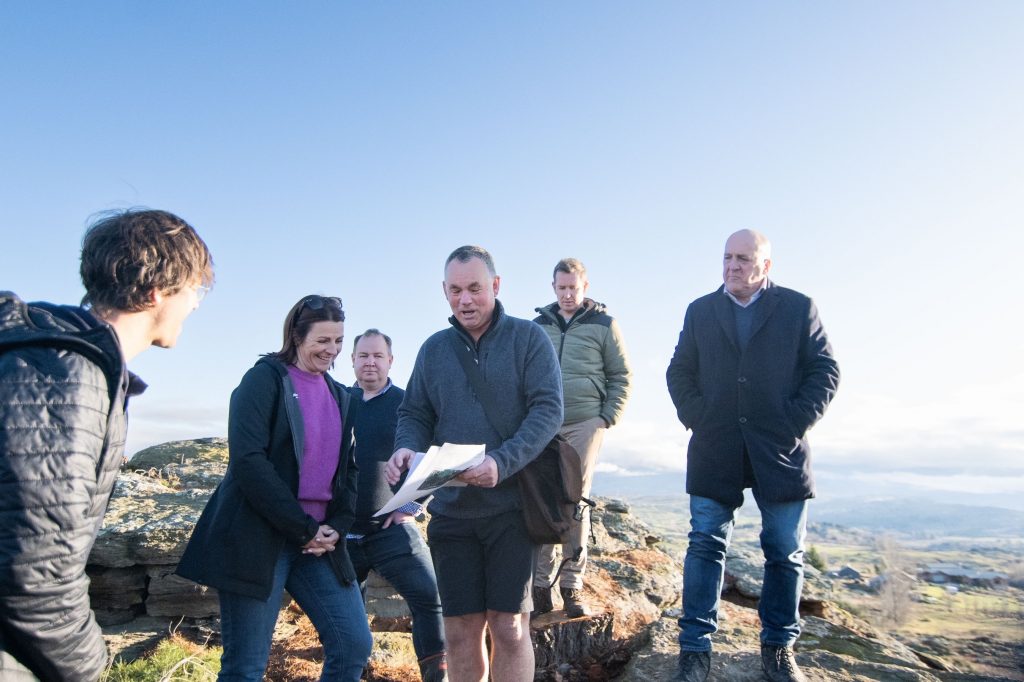
Prior to the felling, Mr Sole was contracted by the Central Otago District Council (CODC) to undertake an archaeological survey of the Half Mile. It revealed several sites and features of interest, dating back to the gold rush.
He identified remains of an old carriage way, made of schist cobblestone, which would have stretched from Roxburgh to Alexandra, as well as water races and iron pipe.
‘‘[The water races] have connections to gold mining, gold dredging, and the town supply,’’ Mr Sole said.
Mr Sole hoped stories of the reserve’s history would be told during its restoration — something that had come into focus now felling was complete.
CODC group manager community experience David Scoones said restoration was a medium to long-term project — the clearing of the conifers was just the start.
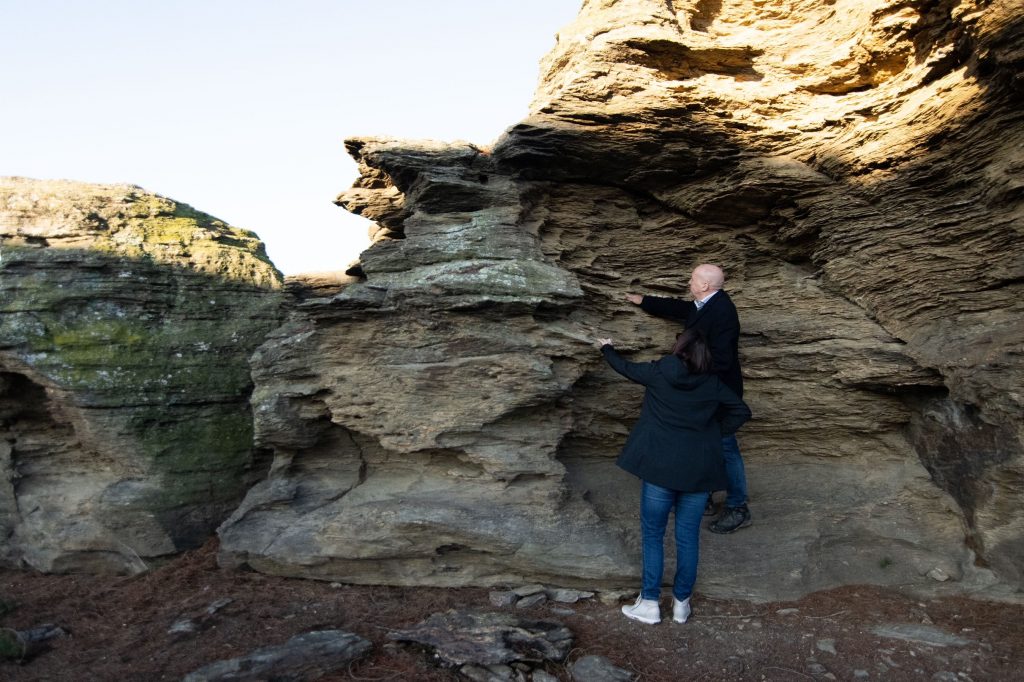
Council was working through clearing the site, ready to start planting in spring 2024, Mr Scoones said.
The site must be carefully cleaned to minimise the impact of the native lizard populations identified prior to felling.
A working bee would be held in spring to clear areas without disturbing the lizard habitat, he said.
He said tracks throughout the reserve had been left usable for the public.
‘‘The team has done a great job sticking to major tracks and minimising the impact of our landscape.’’
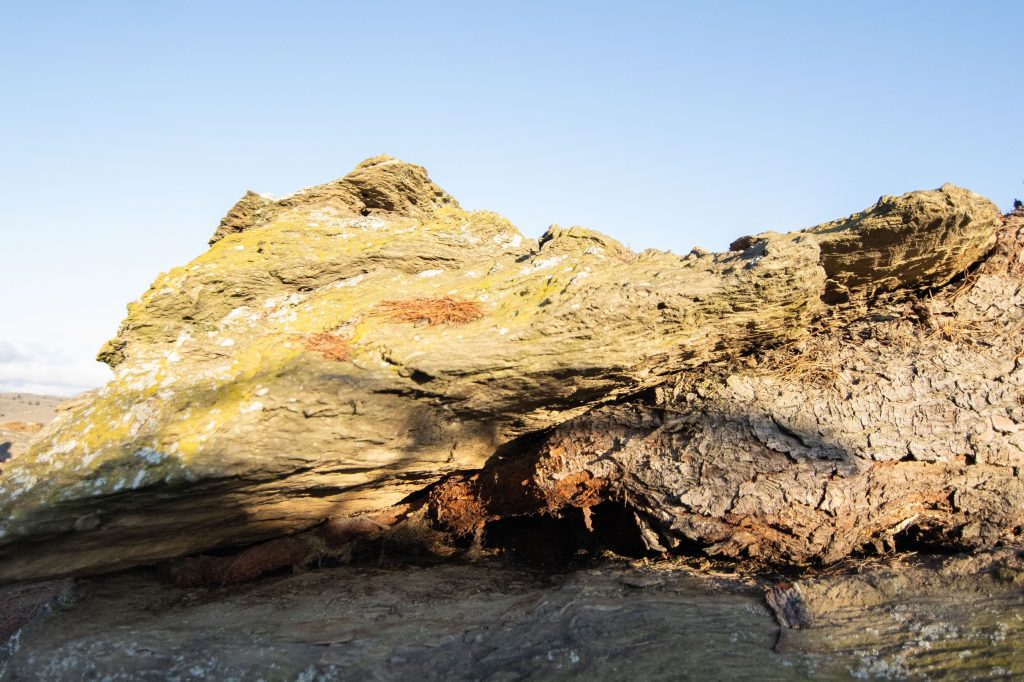
Any further groundwork to restore tracks would need to wait until spring, when the ground had hardened, he said.
Work would be in line with the restoration plan, meaning only major tracks would be smoothed out.
‘‘This is a significant lizard habitat, therefore reserve users should exercise caution over what parts of the reserve they access, and we again remind users not to have any unauthorised vehicles on the reserve,’’ Mr Scoones said.
Feedback from the public had been largely positive, while others had offered ideas and solutions, he said.
‘‘We realise that not everyone is happy with the progress being made, but we ask people to please bear with us.
‘‘The site will start to develop as the year progresses, and the plans for restoration begin to be more obvious.’’
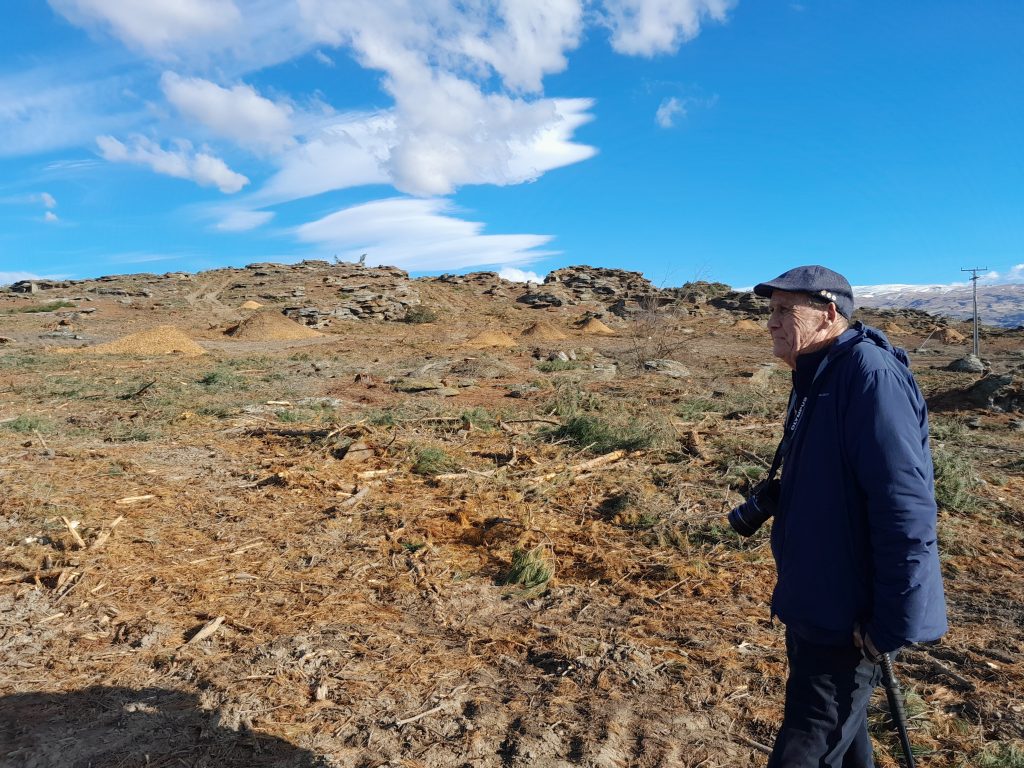
However, for some, council assurances of restoration are not enough.
Reserve neighbour and felling opponent Chris Winter was unhappy with the state of the reserve following the works.
‘‘We’re not at all happy with the finish, we’d like to see more done in terms of making it accessible for the public again.’’
His children wanted to explore the reserve but it was not safe, he said.
‘‘We’ve had full access to the reserve for many years — being able to walk around wherever we want — and at the moment we’re very restricted in where we can go.’’
Fellow neighbour Ken Churchill agreed.
With felling complete, the focus should fall to the cleanup, he said.
‘‘The trees are down now — the issue before us is the mess that’s been left.’’
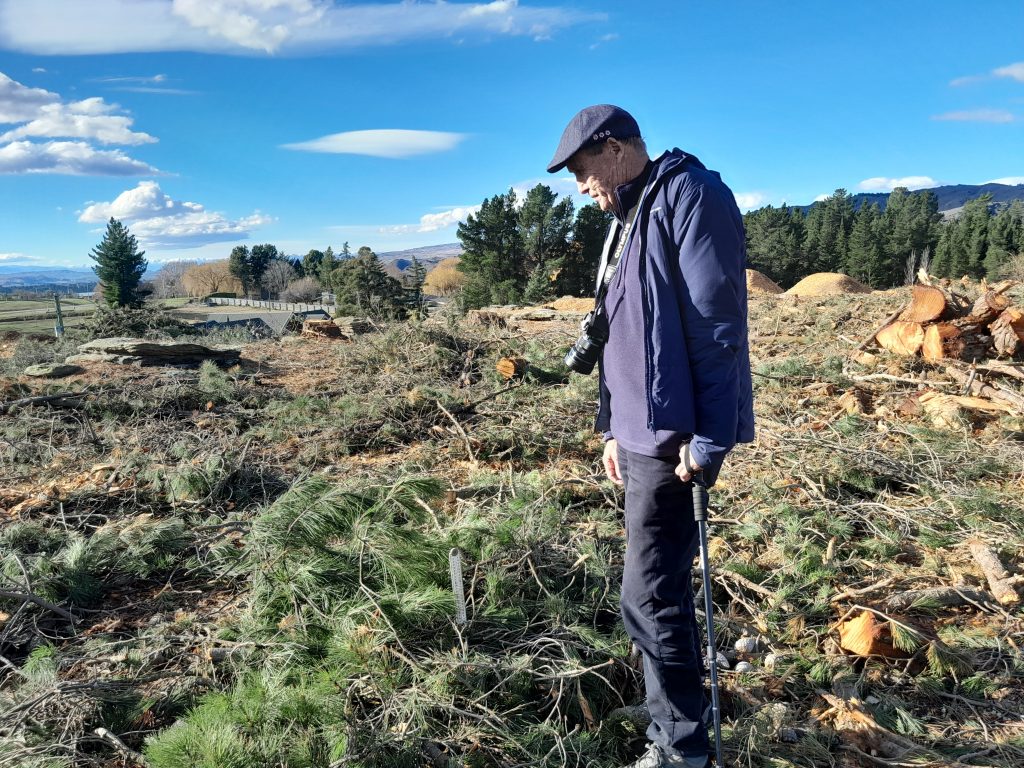
‘‘The council have told us repeatedly that they will clean up the site and remove the slash and green waste offsite.
‘‘If you have a look around now — it’s a bloody mess.’’ In an area with low rainfall he disputed council claims much of the slash will break down.
‘‘The stuff won’t rot away in a hurry.’’ ‘‘Some of these branches that are left . . . are absolute ankle breakers.’’
Tracks through the reserve had not been restored and were covered in slash, he said.
He wanted the council to direct contractors to return and further tidy the site.
In the meantime, reserve users were clearing access themselves, he said.
‘‘They shouldn’t have to [but] we have a couple of locals . . . laboriously working away to make the access work.’’
‘‘Moving forward — I hope it comes right,’’
Mr Churchill felt council had shown ‘‘absolute contempt for the public’’ throughout the project and elected representatives had failed to hold paid employees to account over the slash that remained.
He would like to see his grandchildren enjoy the reserve as they had previously.
‘‘But of course — before that happens — they need to clean this bloody mess up.’’

